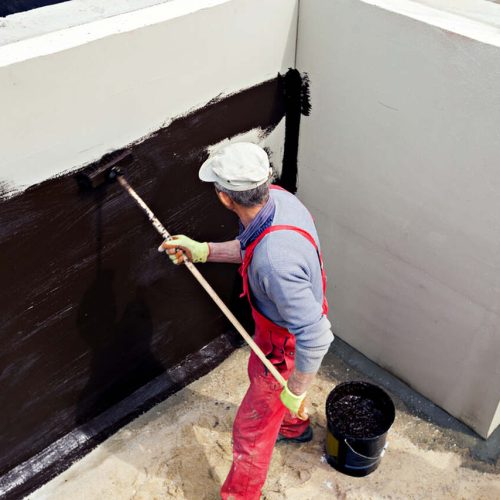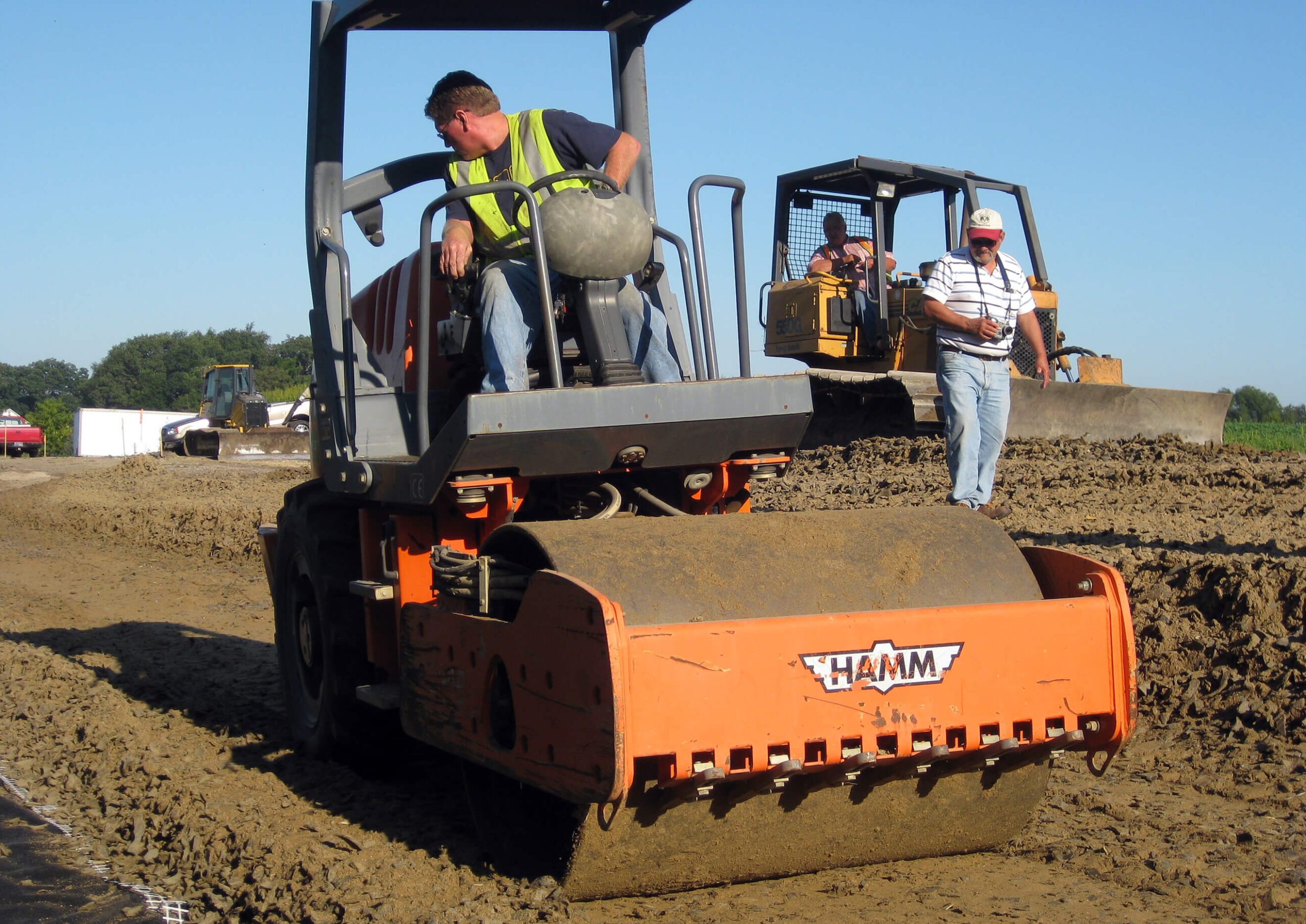Recycled Tire Rubber: Building with Confidence
Whether you require backfill, drainage material, or fine rubber particles for the production of construction materials, recycled rubber is a resilient, crack-resistant material that is more than capable of fulfilling these requirements. Organizations are increasingly embracing the use of repurposed end-of-life tires, particularly in the creation of rubber products like flooring and underlayments, sealants, coatings, caulking, and waterproof membranes. Additionally, manufacturers incorporate finely ground rubber to produce high-quality paints and coatings, portable speed bumps, and other road traffic equipment. Through collaborations with various companies, we are continuously exploring innovative ways to harness the remarkable properties of recycled rubber.
Construction Materials
Recycled rubber revolutionizes job sites on a daily basis. Take, for instance, the incredible impact of rubberized coatings. These coatings effortlessly create impenetrable waterproof barriers on walls and pipe joints. But wait, there's more! The applications of recycled rubber extend far beyond this. Enter crumb rubber, finely shredded into uniform sizes resembling sand. This versatile material finds its way into a plethora of products, such as sealants, paint, coatings, roofing tiles, calk, and weatherproof membranes. The advantages of recycled rubber, including its resistance to fading, cracking, and overall durability, are seamlessly integrated into new products. As a result, companies are able to deliver top-notch, superior-quality products to their customers, all while embracing sustainability with the use of this remarkable material.


Civil Projects
Recycled tires offer a range of benefits for transportation projects, making them a valuable choice for civil engineers. When it comes to concrete and brick retaining walls, tire-derived aggregate (TDA) stands out as the preferred option for backfill, particularly in challenging terrains. TDA is not only lighter and more easily transportable than sand, rocks, and concrete, but it also provides greater flexibility for crews to handle on construction sites. With its exceptional drainage performance, TDA does not absorb water or solidify like aggregate with high calcium content. Moreover, TDA proves to be an excellent choice for protecting septic tanks from freezing and cracking. And the best part? TDA is crafted from recycled materials, demonstrating a sustainable approach rather than relying solely on virgin resources.


